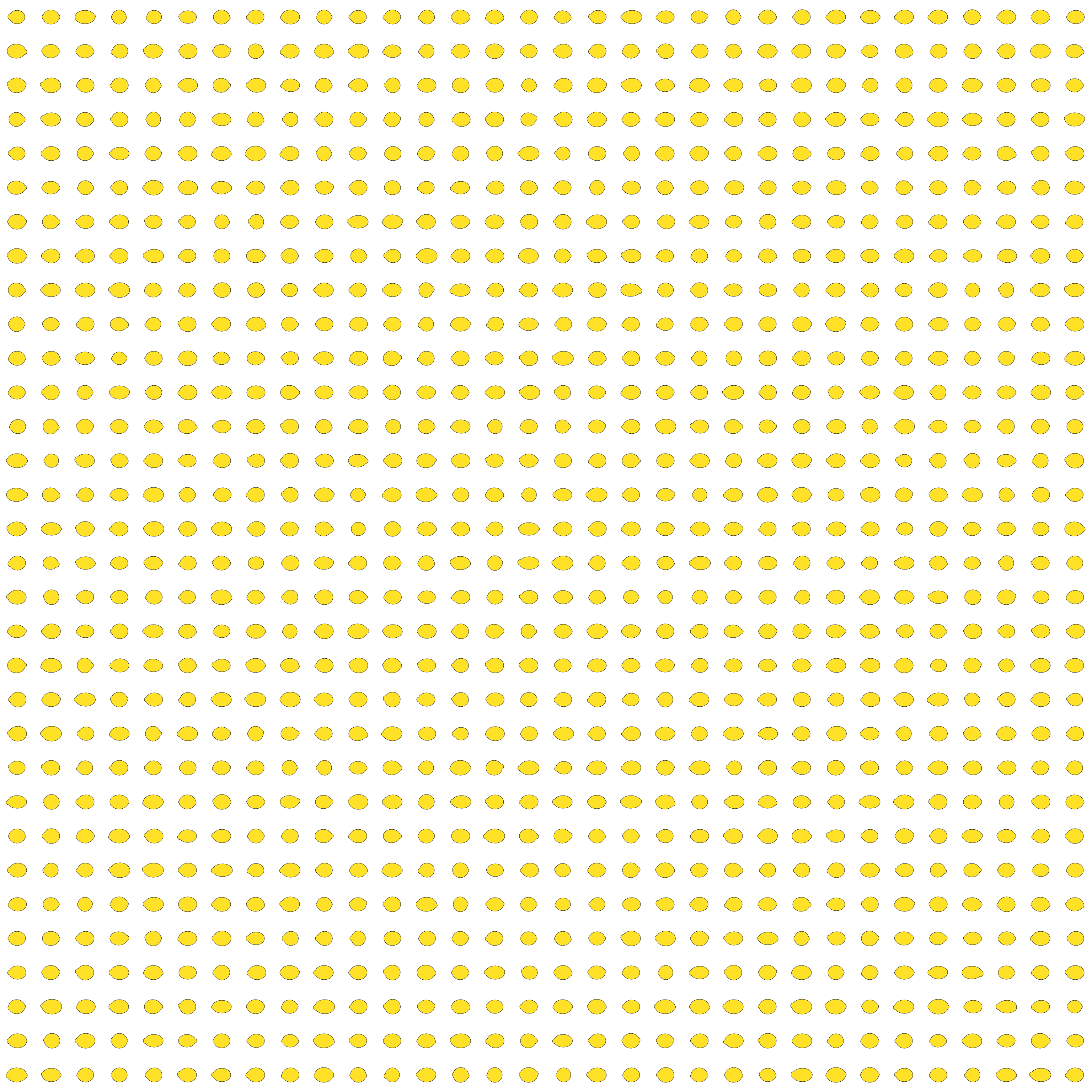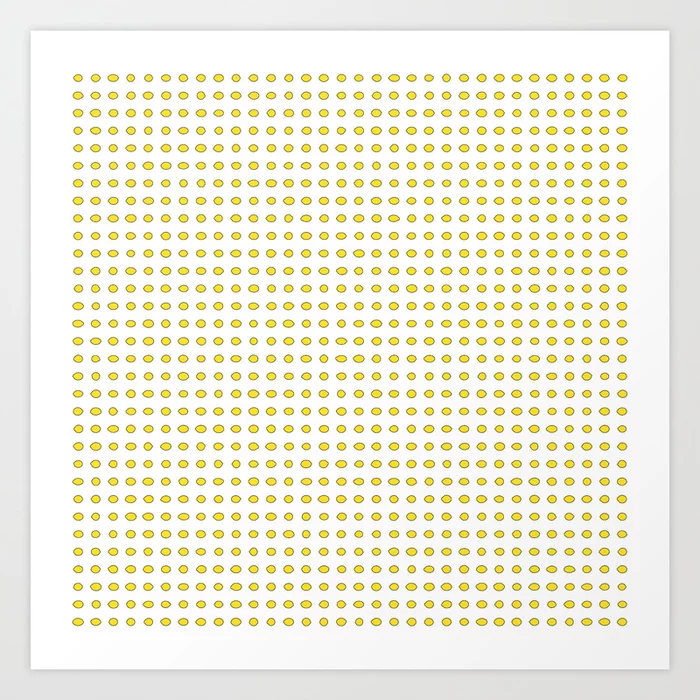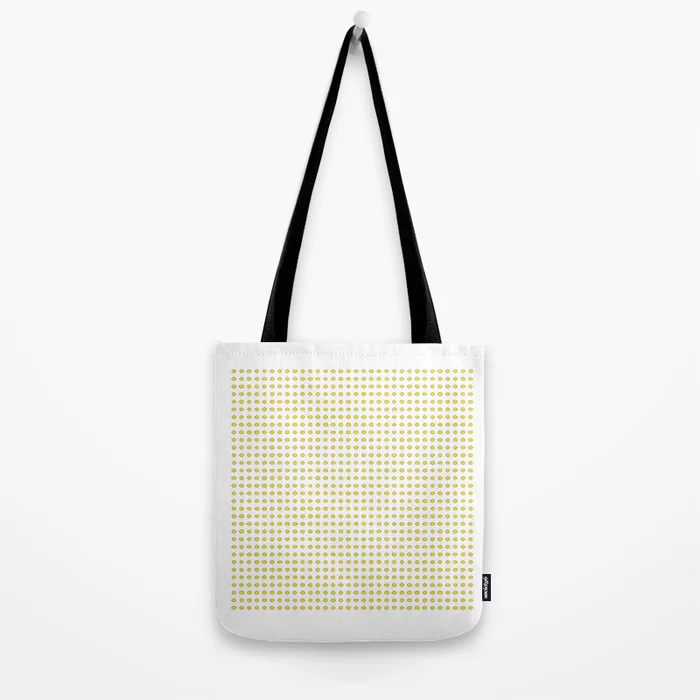1024 Lemons
1024 Lemons is a citrusy piece of generative art. Each of the 210 unique lemon illustrations was generated by a small, handwritten algorithm.

Can I use this?
Yes. 1024 Lemons is a set of 1024 illustrations which are available to use under a standard Creative Commons license (CC BY-NC-SA 4.0).
License information and download link
This work is licensed under Creative Commons Attribution-NonCommercial-ShareAlike 4.0 International, the full text of license is available here.
This, essentially, means that anyone can use, share, or adapt this work for non-commercial purposes, as long as the license is preserved and the terms are followed.
More liberal license terms (including commercial use) are freely available to nearly everyone (exceptions include for-profit companies, NFT-makers, anyone training an AI, and a few others). To obtain that license, please contact Reasonable Company.
Is this good work?
The original 1024 Lemons project was an experiment in finding honest ways to produce and fund creative work. That project used transparent pricing, released all of its illustrations into the public domain, and donated money to the Nationalities Service Center (a Philadelphia non-profit and supports immigrants and refugees).
This 1024 Lemons is a farther exploration of that work and art style and has licensed all of its illustrations under a standard Creative Commons license.
Can I buy this?
The lemon illustrations themselves are not available for purchase because they are free to use and available for download (see above).
There are art prints and tote bags available to purchase.


How was this art made?
1024 Lemons is generative art. The code is written in JavaScript and uses the wonderful SVG.js to build its shape primitives. The algorithm isn't particularly complex. It's about 200 lines of lines code that randomly generate, draw, and arrange shapes into their lemon-like final form. None of the randomization is truly random, all of the values were selected within certain ranges that were found through exploration. Eventually, the code began to produce lemons that were sufficiently lemon-like and felt part of a set.
None of the randomization is truly random, all of the values were selected within certain ranges that were found through exploration. Eventually, the code began to produce lemons that were sufficiently lemon-like and felt part of a set.
What is generative art?
To paraphrase Wikipedia: Generative art is art that has been created by a "system that is non-human and can independently determine features of an artwork that would otherwise require decisions made directly by the artist."
Does this mean that "AI" used to make this?
Nope.